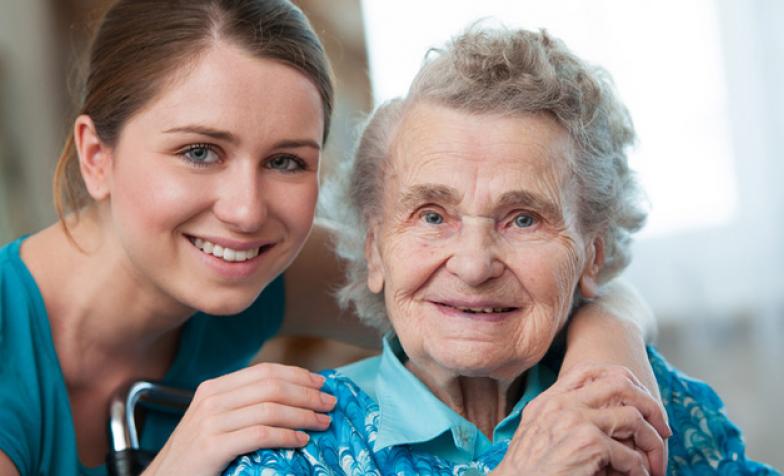
Training and support

There is a broad similarity in the range and content of training offered to hospice community volunteers.
There's also little difference in the training topics offered by staff-led and community volunteer-led programmes although the aim and approach might have differed.
What is our aim in training community volunteers?
It's important to be clear about the aim of training.
Is the aim to:
- Prepare volunteers for a specific community role and its boundaries?
- Prepare volunteers for the many situations that they might encounter?
- Help volunteers to build on their skills and to empower them to use these as they see fit?
It may be a combination of these. Findings in the Analysis Report suggested that the aims of training in volunteer-led programmes were underpinned by a desire to help volunteers develop existing skills and decide how best to respond to each situation.
Should any training be included in the selection process?
It's helpful for both volunteers and the organisation if the training is offered before matches are made. This allows volunteers to understand more about the programme and their role within it, then decide if it's right for them.
It will also facilitate the development of peer support networks and allow the organisation to decide if the person is a good fit for the role and the programme.
More information is available in the Analysis Report Section 4.
What does the training include?
There's a comprehensive range of training offered to community volunteers. Almost all hospices offered an induction to the organisation as well as a full training programme. A smaller number also included shadowing a member of staff or an experienced volunteer.
Training covers three main areas:
- Health and safety
- Patient care and support
- Self-care/personal safety.
More information is available in the Analysis Report Section 4.
Who will deliver the training?
Who delivers the training will depend largely on the organisational structure, the type of community volunteering programme and possibly where the programme sits within the hospice.
Combining face to face and online learning may also be helpful as this offers a flexible way for volunteers to engage.
External organisations also have an important role in offering specialist training.
More information is available in the Analysis Report Section 4 and Section 3.
How will we ensure support for community volunteers?
Although rewarding, community volunteering can be emotionally draining and challenging. Community volunteers meet and spend time with people at a very difficult stage of life.
Support is vital for volunteers working in this context. It is important that they have the opportunity to explore and reflect on their experiences. It also helps in managing both boundaries and risk.
Training can be offered through:
- group support
- facilitated by staff or peer support
- facilitated by volunteers
Depending on the role, the volunteer and the circumstances, volunteers may wish/or need one to one support.
More information is available in the Analysis Report Section 5.



